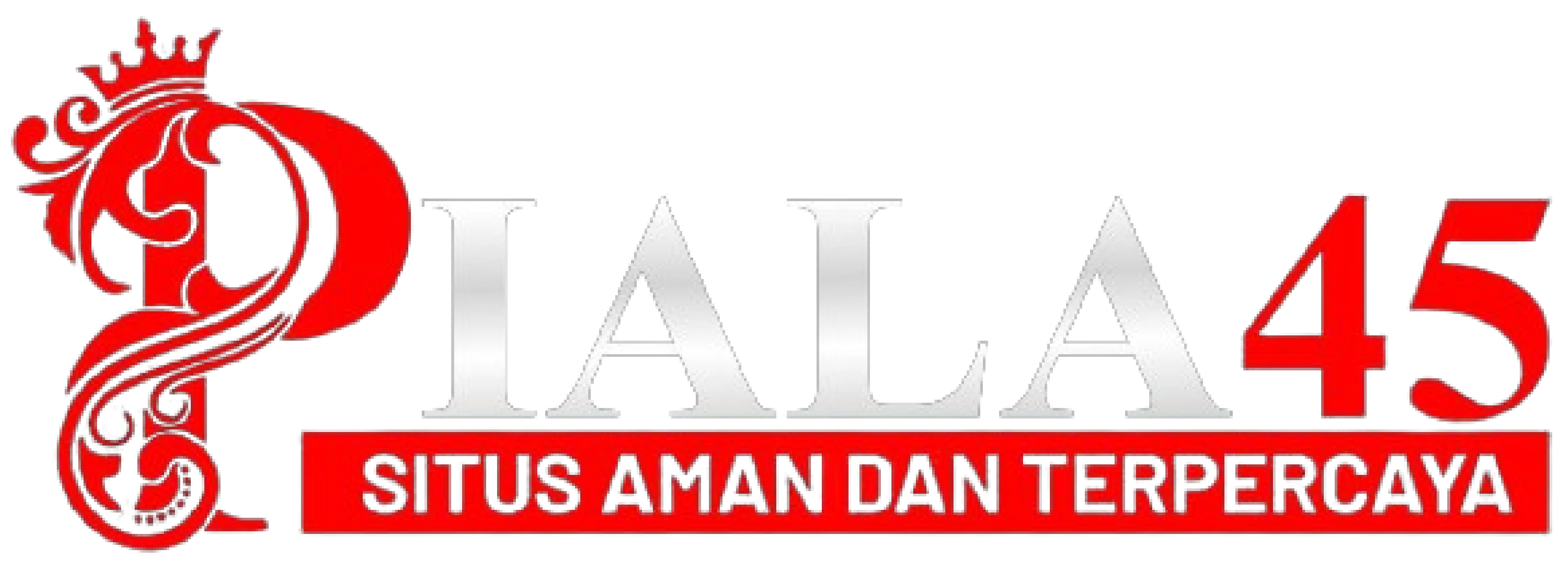






Rp 40.000
DAFTAR DISINI!!PIALA45 adalah platform game online terbaik yang menawarkan variasi permainan dengan RTP (Return to Player) tertinggi dibandingkan situs lainnya. Dengan peluang kemenangan yang lebih besar, menjadi pilihan utama bagi para pemain yang mencari pengalaman bermain yang seru dan menguntungkan.
Menawarkan permainan dengan RTP tertinggi, yang berarti peluang menang lebih besar dibandingkan platform lain.
Dari game online hingga live casino, menghadirkan banyak pilihan permainan seru yang dapat dinikmati oleh semua jenis pemain.
PIALA45 adalah platform game online dengan RTP gaming terbaik yang membawa kemenangan lebih besar bagi para pemain.